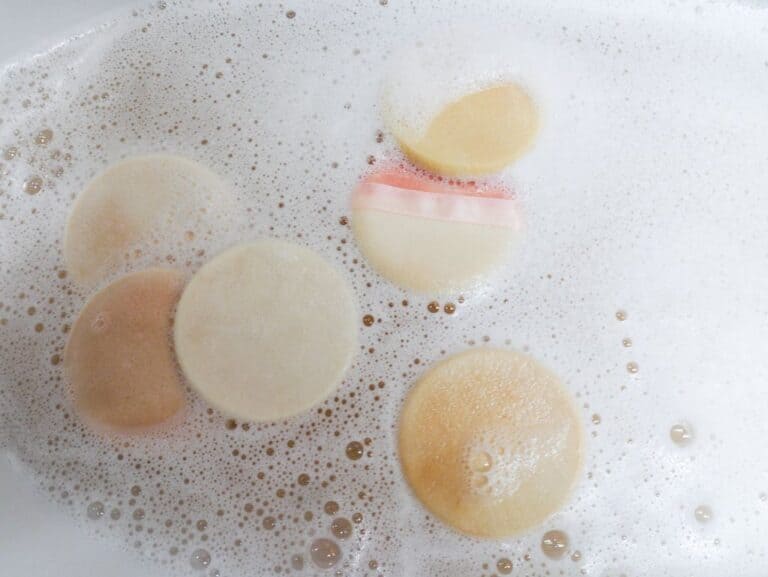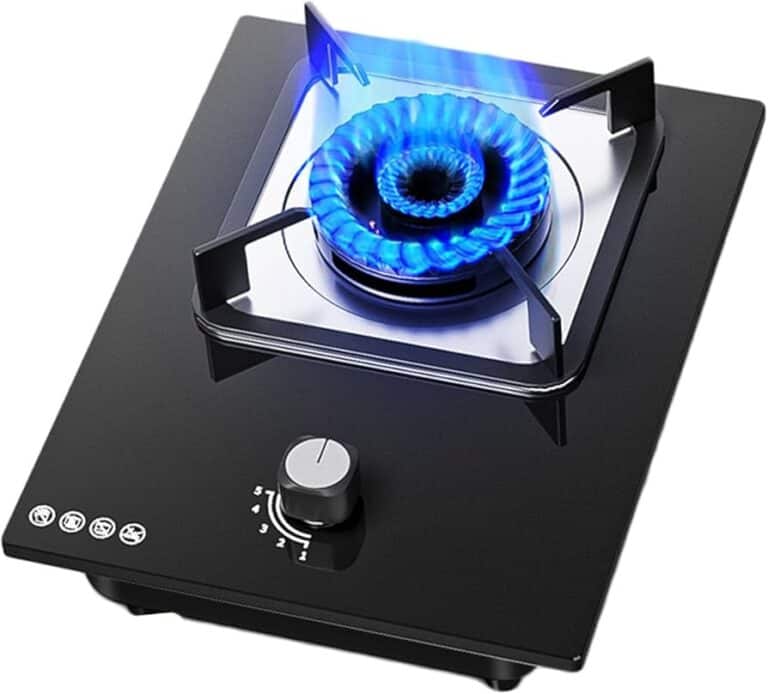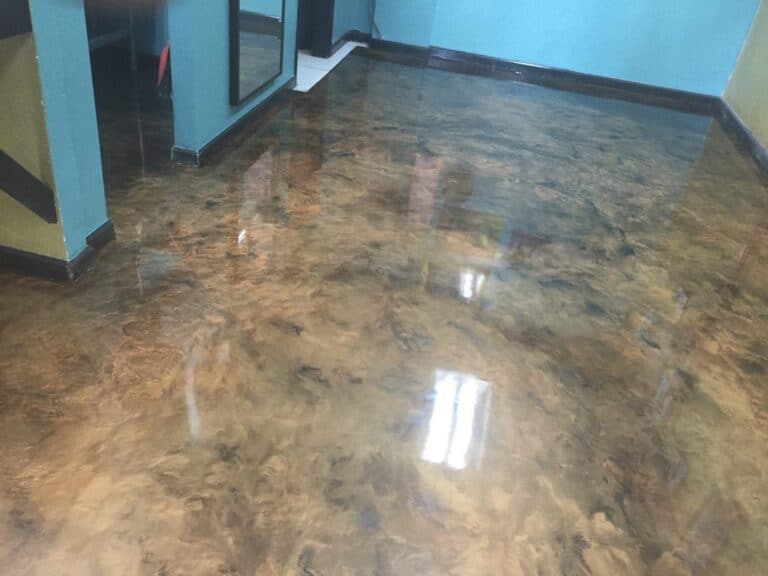What Are Sparklers Made Of? The Shiny Role of Magnesium
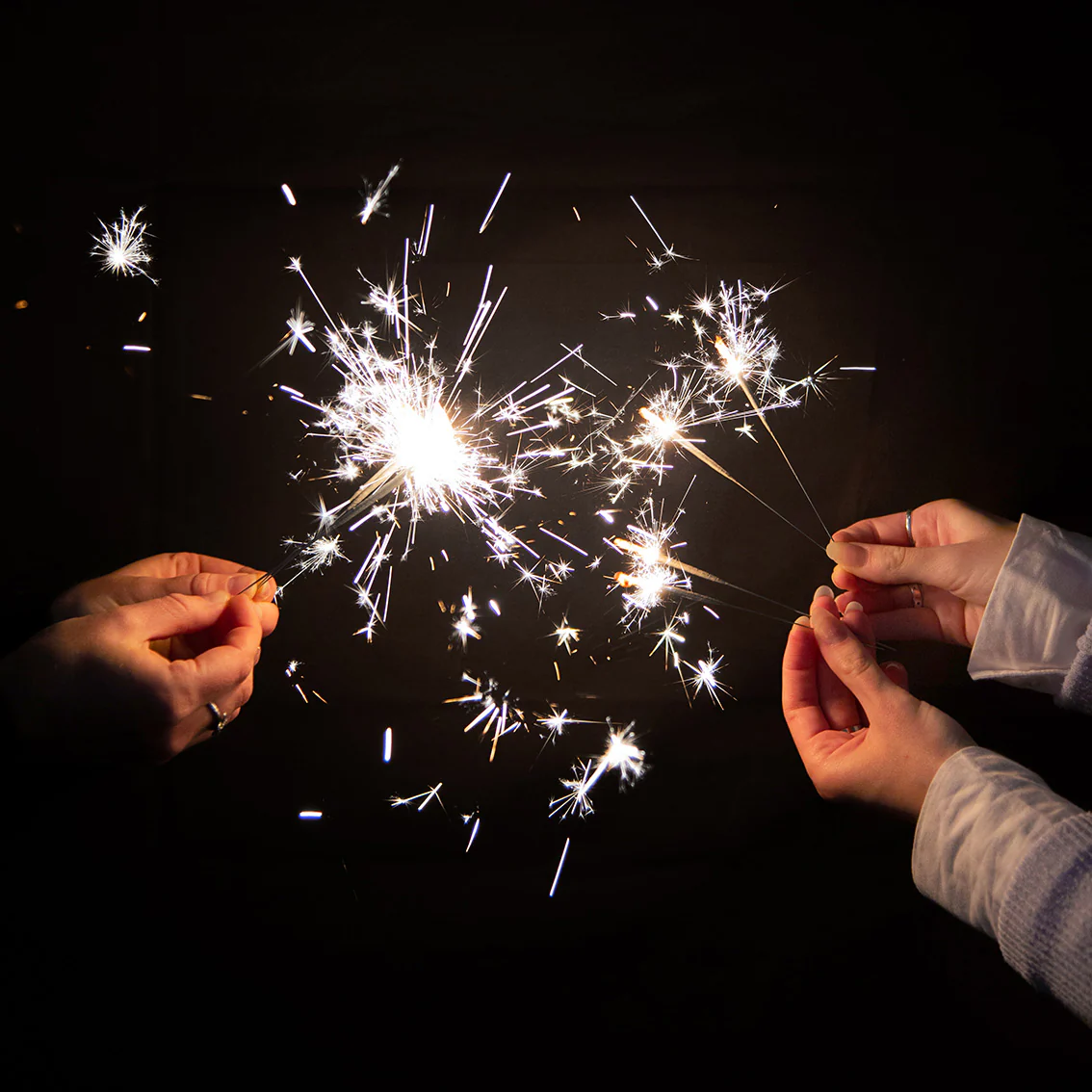
Sparklers are one of those timeless joys of any celebration—whether it’s a Fourth of July party, a wedding, or simply a summer evening with friends. There’s something magical about holding a tiny stick that erupts in a cascade of bright, glittering sparks. But have you ever stopped to wonder what’s inside those sparkling sticks that makes them shimmer so brightly? What makes a sparkler more than just a simple stick, and why does it create those breathtaking light displays? The secret lies in the carefully chosen ingredients that power these little pyrotechnic wonders.
What if I told you that one of the key ingredients that gives sparklers their brilliance is something you might not expect: magnesium? Yes, magnesium plays a starring role in creating the dazzling effect we see when sparklers light up the night. But why exactly does magnesium make sparklers so special, and what other materials contribute to their sparkly performance?
In this article, we’ll break down the ingredients that make up sparklers, focusing on the role of magnesium in producing their brilliant light. By the end, you’ll have a better understanding of what goes into making sparklers and why they’re able to create such a magical effect. You’ll also have a newfound appreciation for the chemistry that lights up the night sky, one sparkle at a time.
The Chemistry of Sparklers: What’s Inside?
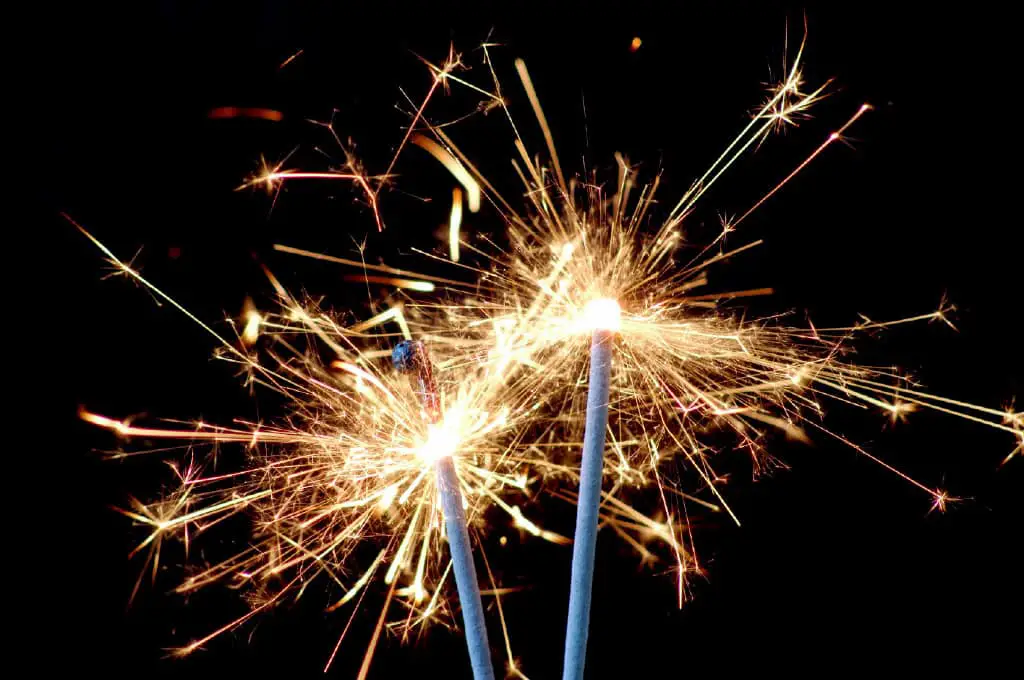
To understand why sparklers sparkle, we’ve got to dig into the basics of what makes them tick. At its core, a sparkler is a chemical concoction on a stick that, when ignited, produces a shower of fiery sparks. Here’s a quick look at the primary components in a sparkler:
| Ingredient | Purpose |
| Magnesium | Produces bright, white sparks |
| Oxidizer | Fuels the combustion process |
| Fuel (often charcoal or sulfur) | Sustains the burning reaction |
| Binder | Holds the ingredients together on the stick |
Each of these ingredients plays a unique role, but magnesium is the star, lending sparklers that brilliant, eye-catching glow. Without magnesium, a sparkler might still burn, but it wouldn’t have the same intense brightness or rapid, sparkling effect.
Magnesium: The Sparkler’s Secret Superstar
So, why magnesium? Well, magnesium has a few tricks up its sleeve that make it perfect for sparklers:
- Bright White Light: When magnesium burns, it produces an extremely bright white light that’s both beautiful and intense. If you’ve ever had to shield your eyes from a sparkler, you’ve witnessed magnesium’s signature flash.
- High Temperature: Magnesium burns at around 3,100°F (1,700°C). This high temperature is what helps create the dramatic, rapid sparks flying off in all directions. No wonder it’s so popular in pyrotechnics!
- Fast Ignition: Magnesium doesn’t waste any time—it catches fire almost instantly when exposed to high heat. That’s why, when you light a sparkler, it immediately comes to life in a flurry of sparks.
Think of magnesium as the fuel that lights the party. While other metals like aluminum and titanium are sometimes used in fireworks for similar effects, magnesium remains the top choice when it comes to getting that intense, brilliant sparkle.
A Closer Look: How Magnesium Transforms into Sparkling Light
You might be wondering, what exactly happens when magnesium burns in a sparkler? Well, it’s all about a process called oxidation. Here’s a quick breakdown of how it works:
- Ignition: When you light a sparkler, the heat from the flame reaches the magnesium.
- Rapid Oxidation: Magnesium reacts with oxygen in the air, producing magnesium oxide in an intense burst of heat and light.
- Bright Sparks: This rapid oxidation creates a bright white light, and since the sparkler’s design allows oxygen to feed the fire continuously, the sparks don’t let up until the entire stick is burned.
Magnesium vs. Other Metals: What Makes It Stand Out?
Magnesium isn’t the only metal that’s tried to steal the show in the world of pyrotechnics. Aluminum and titanium are also common in fireworks, but they’re typically reserved for larger, louder displays. Let’s see how they compare:
| Metal | Spark Quality | Brightness | Common Uses |
| Magnesium | Small, intense sparks | Very bright | Sparklers, handheld fireworks |
| Aluminum | Softer, slower sparks | Bright | Indoor fireworks, fountains |
| Titanium | Large, scattered sparks | Moderate | Larger fireworks, aerial shows |
Magnesium’s intense heat and small, focused sparks make it ideal for handheld fireworks like sparklers. Aluminum and titanium, while also reactive, don’t quite pack the same punch when it comes to brightness and sparkle speed.
Sparklers in Action: The Role of Safety
Now, while magnesium’s properties make it ideal for sparklers, they also make sparklers a bit risky if handled improperly. Here are a few safety tips to keep in mind:
- Handle with Caution: Even though sparklers seem harmless, the temperature can reach over 1,000°F. Keep a safe distance from others when holding a lit sparkler.
- Wear Gloves: A simple pair of gloves can protect your hands from the intense heat. Safety first!
- Supervise Children: Sparklers are fun for kids, but they should always have adult supervision.
- Use Outdoors: Always light sparklers in open spaces, away from flammable materials.
How to Make Your Sparkler Display Shine Brighter
If you’re setting up a sparkler display for a party or special occasion, you can get creative! Here are a few ideas to take your sparkler game to the next level:
1. Combine Sparklers of Different Lengths
- Why It Works: Longer sparklers last up to a few minutes, while shorter ones burn quicker. Mixing lengths can create a staggered effect, keeping the sparkle going longer.
2. Create Sparkler Photos
- Pro Tip: With a camera in night mode, try drawing shapes in the air with a sparkler. This makes for amazing photos that capture the light trail.
3. Use Sparkler Holders
- Why It Works: Safety holders prevent burns and keep your hands steady, letting you enjoy the light show without worry.
Fun Facts About Magnesium: The Sparkling Element
Magnesium might seem like just a sparkly sidekick, but there’s more to this metal than meets the eye. Here are a few fun facts:
- Natural Abundance: Magnesium is the 8th most abundant element in Earth’s crust.
- Found in Our Bodies: Yes, we have magnesium too! This element plays a role in muscle and nerve function.
- First Discovered in 1808: Sir Humphry Davy discovered magnesium, naming it after the ancient Greek region Magnesia.
- Used in Aerospace: Magnesium alloys are incredibly light and strong, making them ideal for airplane and spacecraft components.
Beyond Sparklers: Other Uses for Magnesium in Fireworks
While sparklers get the glory, magnesium also shines in larger fireworks displays. It’s used to create what’s known as “flash powder” for bigger fireworks. Here’s a quick look at how magnesium is used across different pyrotechnic applications:
| Firework Type | Role of Magnesium |
| Sparklers | Produces intense, white sparks |
| Aerial Fireworks | Added to flash powder for bright explosions |
| Stage Fireworks | Creates flash effects in stage performances |
| Firework Fountains | Mixed with other metals for a colorful display |
Why Magnesium Keeps Sparklers in High Demand
In a world of endless entertainment options, there’s something timeless about sparklers. Magnesium is the unassuming hero, bringing brightness, heat, and joy to celebrations around the world. It’s no wonder sparklers have stayed popular for centuries—they’re portable, simple, and endlessly fun, thanks to that unique burst of magnesium-fueled light.
The next time you light a sparkler, you’ll know exactly what’s behind that brilliant display. And maybe, just maybe, you’ll feel a little extra awe knowing that tiny piece of metal is working harder than you might have thought to bring that moment of sparkle to life.

